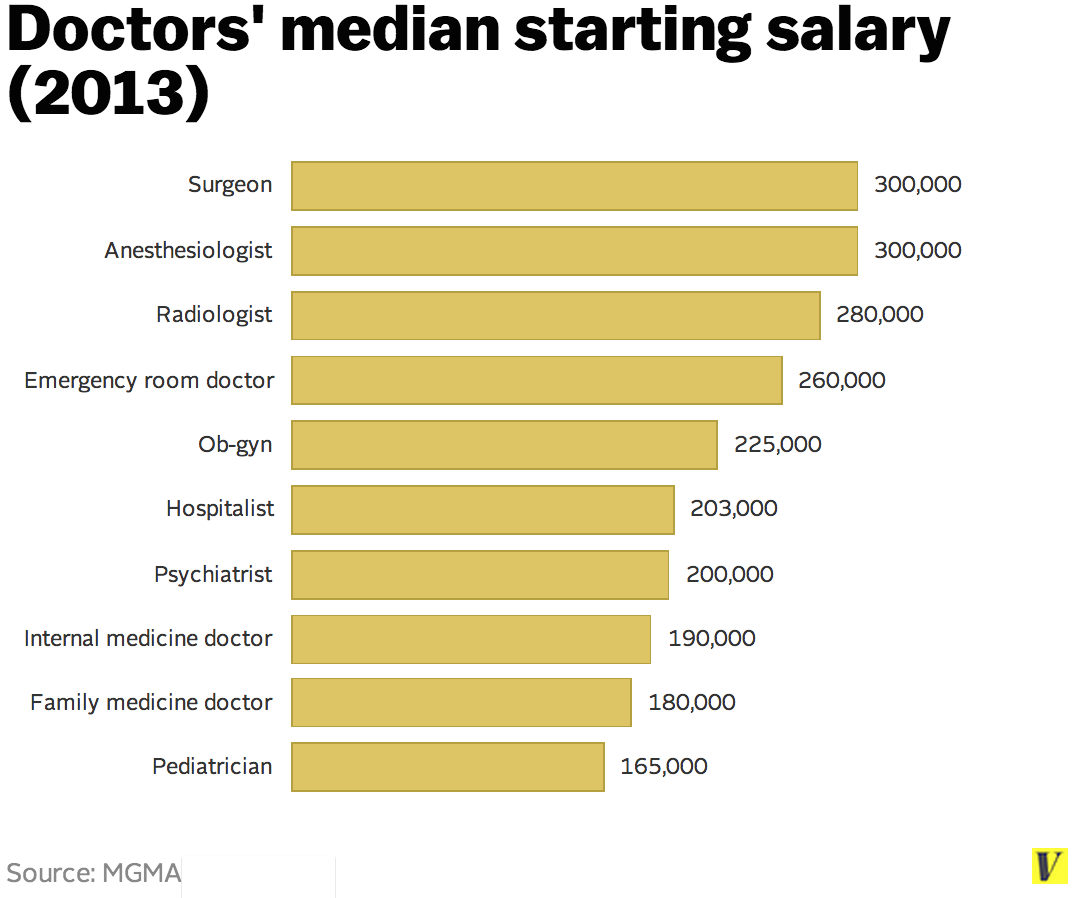You are the product and the spatula,
the glass flask and the solvent.
You are the condensate at the top of the distillation head,
and the warm glow of the heating mantle.
You are the white lab coat of the chemist,
and the postdocs celebrating a job offer.
However, you are not the whoosh of the air in the NMR,
the reagents in their cabinets,
or the thoughts of managers.
And you are certainly not the smell of terpenes.
There is just no way that you are the smell of terpenes.
It is possible that you are the potassium bobbing in the THF still,
maybe even the spinach on the director’s shirt,
but you are not even close
to being the rattle of hood sashes at night.
And a quick look in the mirror will show
that you are neither the empty bottles in the corner
nor the tools asleep in their toolkit.
It might interest you to know,
speaking of the plentiful imagery of the world,
that I am the sound of water in the condenser.
I also happen to be the internal standard peak at 8.27 minutes,
the stir bar making a vortex in the middle of your flask,
and the Erlenmeyer of NMR tubes on the benchtop.
I am also the sunlight in the atrium
and your boss' coffee cup.
But don't worry, I'm not the product and the spatula.
You are still the product and the spatula.
You will always be the product and the spatula,
not to mention the glass flask and--somehow--the solvent.
with apologies to Billy Collins







